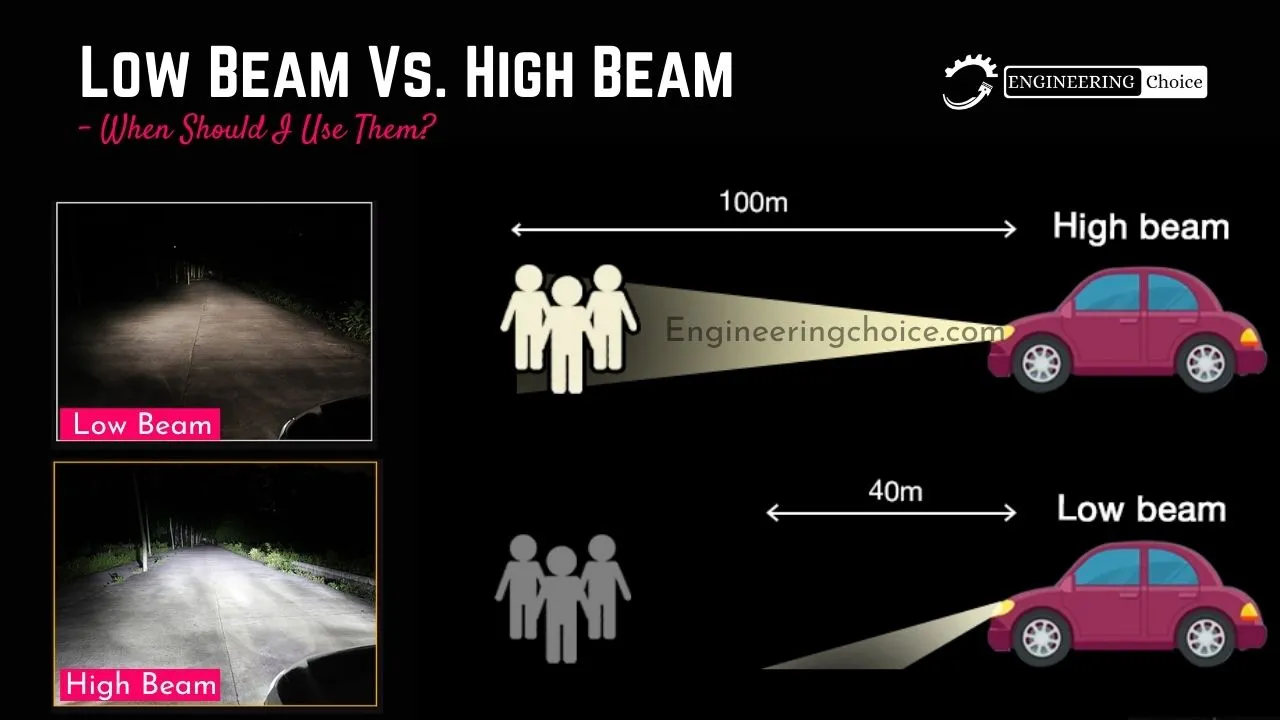Chapter 10 Special Driving Conditions
Special Driving Conditions
Railroad crossing
Grade crossing: When train tracks intersect with a roadway.
Obviously use your common sense, if a train is coming don't cross it. If there are no flashes or gates then slow down and prepare to stop, before you cross check that there is no train coming.
 Is the sign for railroad crossing ahead, so use caution and pay attention!
Is the sign for railroad crossing ahead, so use caution and pay attention!
If there are gates then you must stop at least 15 feet from the tracks, don't go across the track until the light has stopped and the gates open up completely.
 Is the pavement marking version if there are no sign or flashing lights.
Is the pavement marking version if there are no sign or flashing lights.
If your car happens to be stalled on railroad tracks, get out of the car immediately and get away from the tracks even if you don't see the train and notify the emergency system.
Expressway Driving
Expressway are divided highway, you enter and exit through ramps and the speed on the expressway is 55 mph generally, or up to 65 mph in some rural area.
If you enter in the wrong expressway then go out in the next exit then figure out how to get back.
Use the ramp to accelerate to the expressway speed and blend in with the traffic, otherwise, if you need to slow down slow down to merge into the traffic.
If the acceleration ramp is short, then wait for a larger gap in traffic and speed up quickly to merge into the expressway.
After you exit pay attention to the speed limit posted. Signal 100 feet before the exit ramp
Night driving
Drive slower at night because of the lower visibility 100% with your headlight on. Headlight covers about 350 feet ahead of you so drive at a speed that allows you to stop safely within that distance.
You must turn on headlight:
- One half hour after sun sets to one half hour before sun rises
- Visibility is low
- Using windshield wipers
- Fogs
Headlight must be on low beam when you are seeing another oncoming vehicle, and dim your headlight for people walking to you.
Driving in rain, fog, or snow
In heavy rain your tire can begin to ride on water, hydroplaning and can cause loss of frictions. Drive slowly during ehavy rain of course.
For rain, fog, snow, use low beam headlight since high beam will cause reflection make it harder to see.
Winter is the hardest to drive, make sure your car have good snow tires. If your rear wheels starts to slide, turn your wheel to the direction that your car is trying to car. If your rear wheels slides left, steer left, if they steer right, steer right. DON'T TURN WHEEL TOO MUCH. This will allow you to regain control of the car.
Brake slowly if you need to.
Deer
October, November, and December is when 2 / 3 of deer collision occurs, since that's when they breed and travel the most. Be careful when you drive at dawn and dusk. Drive slowly.
Emergencies
- Tire blowout: Get off the road and check your tires. Hold your wheel tightly and stop when you regain control of the car
- Loss of wheel: Leave roadway and stop check your car
- Steering failure: Turn on your emergency light, and keep your foot off the brake, as the car decreases speed, brake to a stop
- Basically use common sense if your car have failures and slow down gradually.
- Fire: Pull off the road and park your car, turn off the ignition and get away, call the fire department


No comments to display
No comments to display